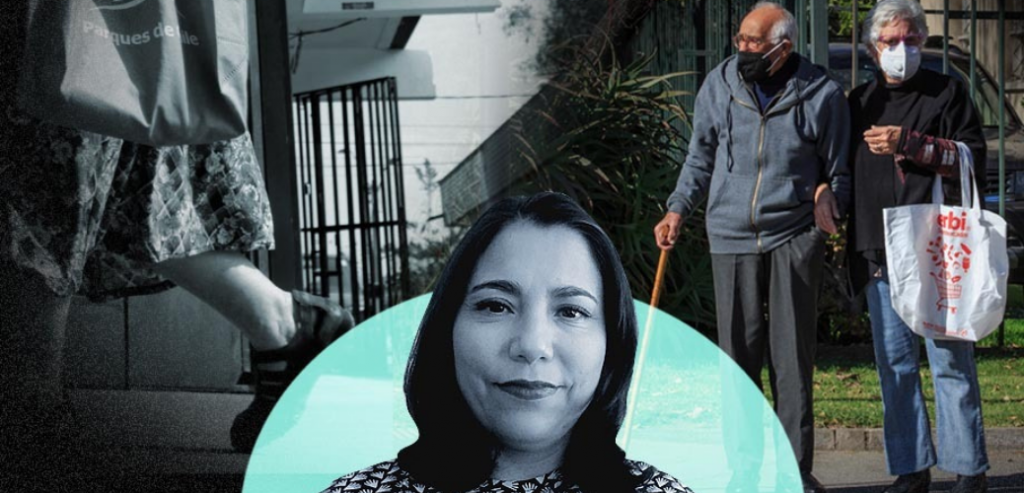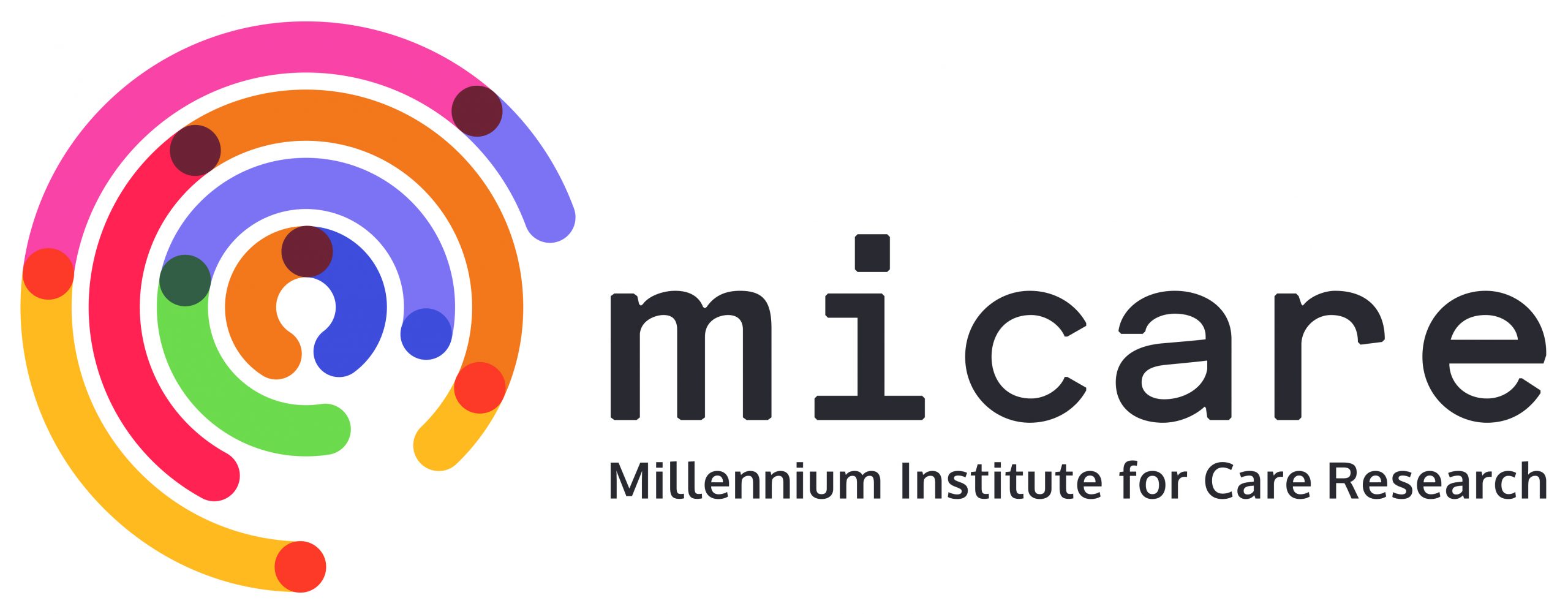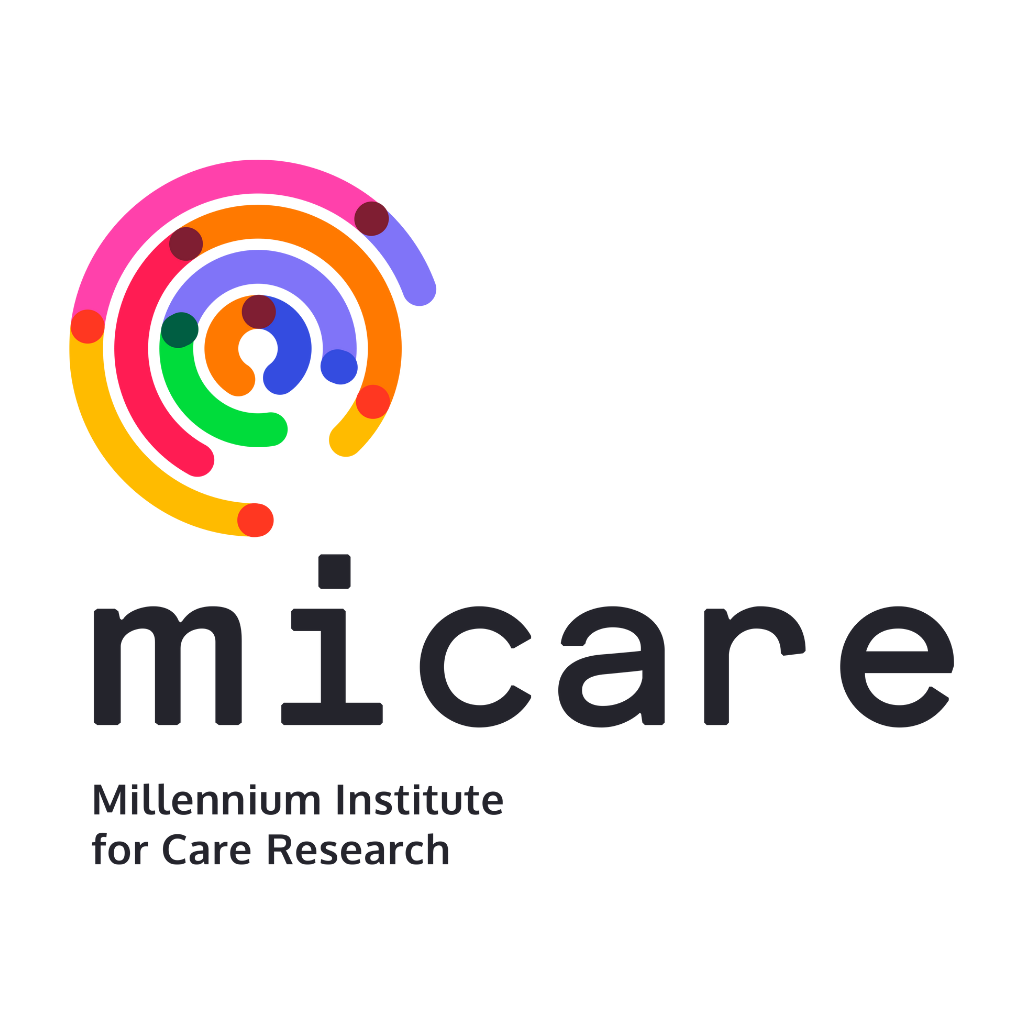In this column published in The Clinic, our research associate Alejandra Araya refers to the results of a study on group walks with elderly persons.
By Alejandra Araya. Read the column in The Clinic here (in Spanish).

By 2050, for the first time in the history of humanity, the number of people in the world aged 60 and over will surpass the number of young people, and Chile is no exception. As a country, we are ageing rapidly due to a progressive decrease in the birth rate and a sustained increase in life expectancy at birth. Transitioning to an active old age is therefore not only a personal challenge but also a national one.
In this sense, physical exercise has proven to be an efficient and effective strategy to contribute to active aging, reducing frailty in elderly persons. Of all the exercises available, walking is the one that most seniors recognize as the easiest to implement in their daily lives.
‘Routine walking has been shown to improve psychological, physical, and social functions and may be a strategy to adopt at the community, local, and national levels to improve the quality of life of older people’.
Alejandra Araya, MICARE research associate.
Our research centres and Millennium Institutes have much to contribute to this task, by disseminating evidence that allows for the development of suitable and adequate policies and interventions in the social, health, housing, and urban spheres.
An example of this is Project DI-41-18/CBC, which we implemented with funding from the Vice Rector’s Office for Research and Doctoral Studies of Andrés Bello University. Of the 83 older people we followed as part of the study, 43 participated in walking groups three times a week, an experience led by an older person. Each session lasted 1 hour and was divided into three phases: preparation, walking, and recovery. The average age of the participants was 75 to 78 years, and the majority were women (88%).
‘Of all the exercises available, walking is the one that most seniors recognize as the easiest to implement in their daily lives’.
Alejandra Araya, MICARE research associate.
The results are resounding in showing the power of walking.
The baseline frailty of the group of elderly people who participated in the weekly walks decreased compared to the group that was not in the walking program. We also observed improvements in mood, decreased fear of falling and fall prevention, physical improvements in walking (heel support and knee extension), and social benefits such as connecting with the community.
Reducing frailty through a walking program is everyone’s job. It’s a low-cost strategy that depends only on the motivation of elderly persons and access to places close to their homes where they can walk without using infrastructures such as gyms or others. The role of health professionals, community stakeholders and other services that work directly with elderly persons is crucial to encourage group and systematic walks in their community, taking advantage of the infrastructure available in their environment.
‘We research centers and Millennium Institutes have much to contribute, by disseminating evidence that allows for the development of suitable and adequate policies and interventions in the social, health, housing, and urban spheres‘.
Alejandra Araya, MICARE research associate.





